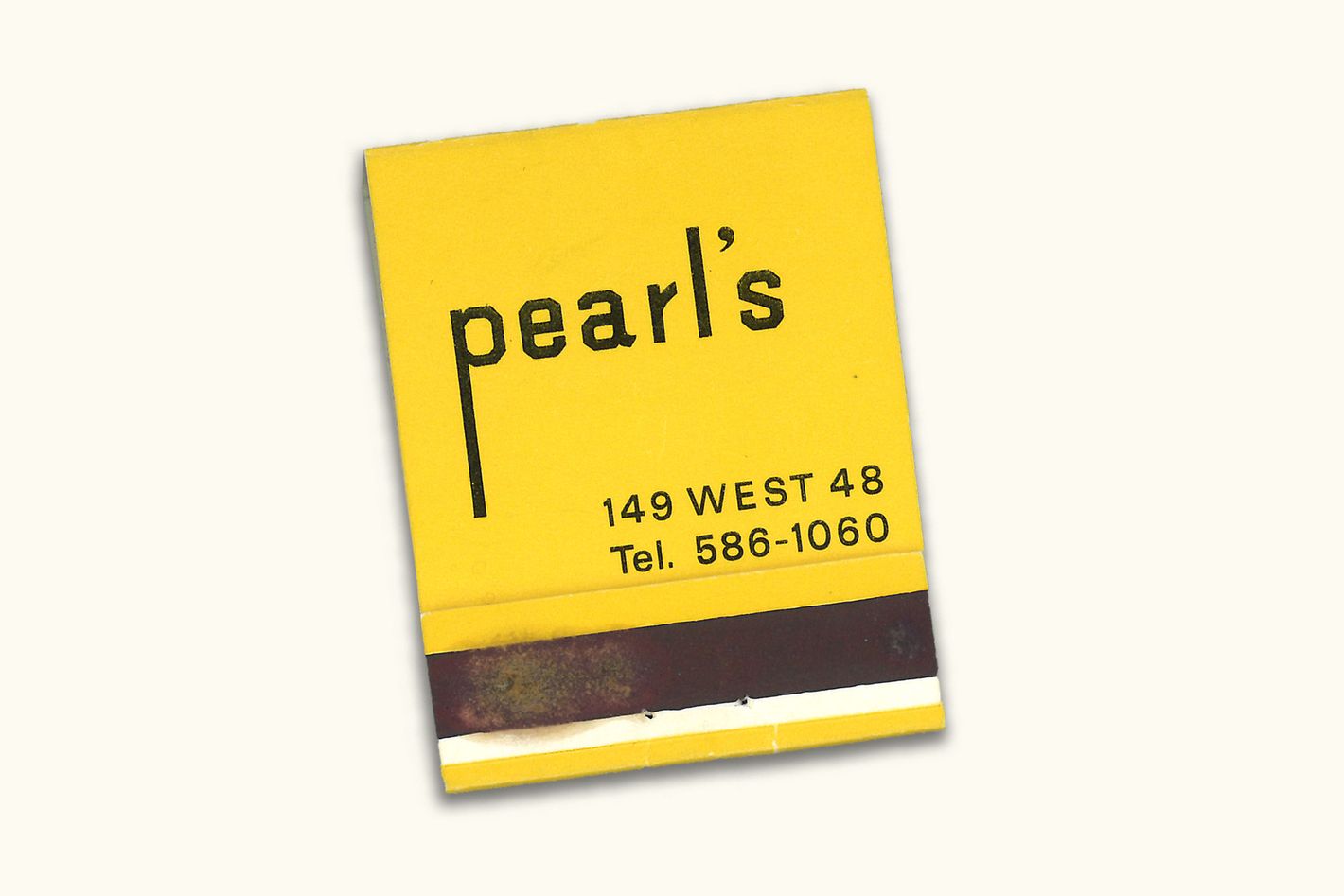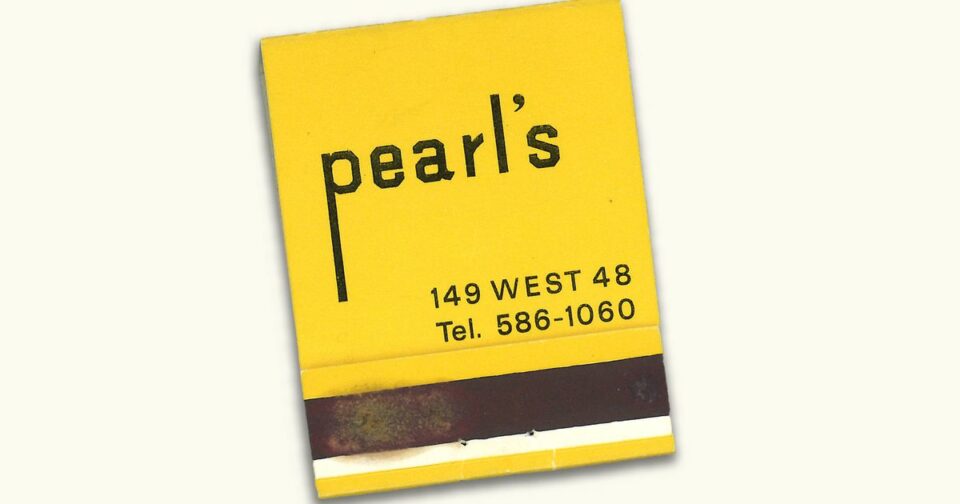
For New York’s anniversary, we are celebrating the history of the city’s restaurants with a series of posts throughout the month. Read all of our “Who Ate Where” stories here.
Has any reasonably affluent New Yorker ever not imagined life as the silent partner in a good restaurant? You can always get a table, maybe you make some money (maybe), you don’t have to deal with the day-to-day or the long-term labor issues, and you can entertain friends by saying “Let’s meet at my place.” In real life, of course, it’s probably a money loser and definitely a headache.
Yet the dream did come true for a few dozen Time Inc. editors and writers in the late 1960s. The company (which counted Time, Life, Fortune, and Sports Illustrated among its titles, plus a flourishing book division) was flush with both power and wealth, and its digital-age decline was still many decades off. Perks and expense accounts allowed for a lot of lunches and cocktails, and quite a few of them took place at the Canton Village, a restaurant near the Time & Life Building in Rockefeller Center.
The magazine staffers gradually got to know the manager, a charismatic woman named Pearl Wong, and her chef-husband, James. When the restaurant was sold and the couple was abruptly put out of work, Ralph Graves, then the top editor at Life, leaped at the chance to indulge the dream and passed the hat back at the office. It cost $500 a person — roughly $4,000 today — to buy in, and investors were limited to one share apiece. The couple and their cook, Lum Lee, rounded up more backers as well, the director Sidney Lumet among them. In 1967, the three restaurateurs and their 121 other stockholders — 52 of whom worked at Time Inc. — opened for business at 149 West 48th Street. Extremely uncoincidentally, that address was almost within sight of the front door of the Time & Life Building. As the Life writer Dodie Hamblin explained in her excellent memoir, “Quite apart from affection for the Wongs and Chinese food, few on the magazine could resist the prospect of being able to remark, casually, that ‘I own a piece of this Chinese restaurant, see …’”
It quickly became a hot spot at lunch. You could spot Truman Capote there, or Georgia O’Keeffe, or Catherine Deneuve, or Mike Nichols. The food was Cantonese, then perhaps a step or two behind the times as Hunan and Sichuan restaurants were beginning to come into vogue, but most contemporary accounts say it was pretty good. The lemon chicken, its sauce said to be based on an alarming amount of bottled lemon extract, was a house special, as were clams in black-bean sauce. Craig Claiborne, the New York Times food critic, had wanted to invest, but Graves waved him off, telling him that he couldn’t be a shareholder if he was going to review the place; when he did, he raved. Gael Greene, in New York, was only semi-enthusiastic — but Pearl herself, in 1971, nonetheless made it into our list of the most powerful New Yorkers. The restaurant made money, too. The stockholders in Chez Pearl Wong, Inc., got their $500 back within three years, and little dividends thereafter, but only so much special treatment. “Quickly, we learned,” wrote Hamblin, that “being a stockholder did not guarantee one a table.” Also, “Pearl didn’t give away stingers anymore.”
Hal Wingo, a Time Inc. lifer, was not an investor, but he spent plenty of lunch hours in Pearl’s. It was, he says, nearly all about Pearl herself. “The restaurant was utterly unpretentious, and it was her personality and the quality of the food that made it a success,” he recalls. “She was a delightful person. Somehow it was a magnet for people to come there and be friends with her.”
The vicissitudes of real estate that brought Pearl’s into being continued to affect it. After just six years, the building was torn down for redevelopment, and the business moved a block over, to 38 West 48th. There, Pearl and James continued to operate in a chic gray-and-black minimalist-1970s space designed by Charles Gwathmey, until 1985, when they retired and Chez Pearl Wong was dissolved. The $500 shareholders each ended up with about $4,000 each. Although Pearl’s kept going under other owners for another decade-plus, the glamour began to disappear, and eventually so did the restaurant itself. Wingo explains that Pearl’s presence and taste were what made the place go, and it didn’t work without her: “If she’d made the choices on a given day, that was what was good — Pearl, whatcha got? You almost didn’t need a menu. You just needed Pearl.”
More on ‘Who Ate Where’
- The Magazine Staff That Bought Its Favorite Restaurant
- Flamingo East Lasted Until the Fun Stopped
- Jerry’s 103 Was the First ‘Nice’ Restaurant in the East Village
Christopher Bonanos , 2024-04-19 17:30:49
Source link


